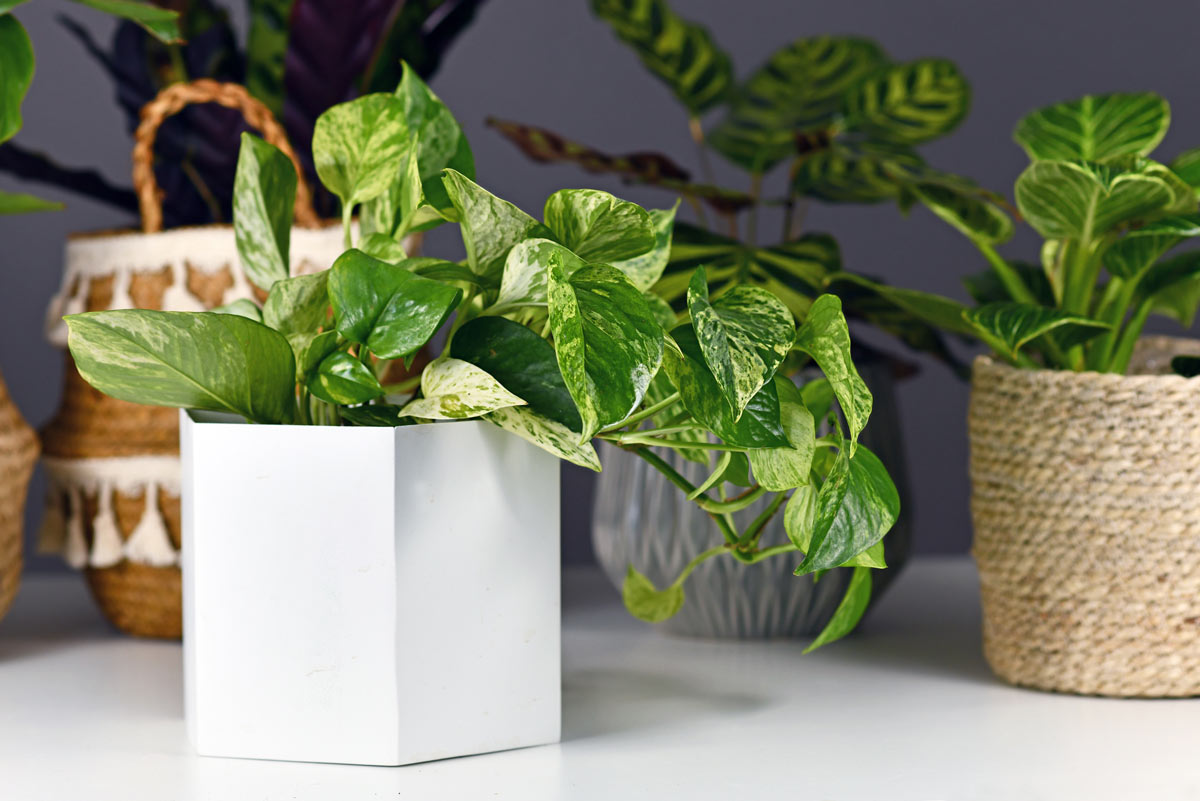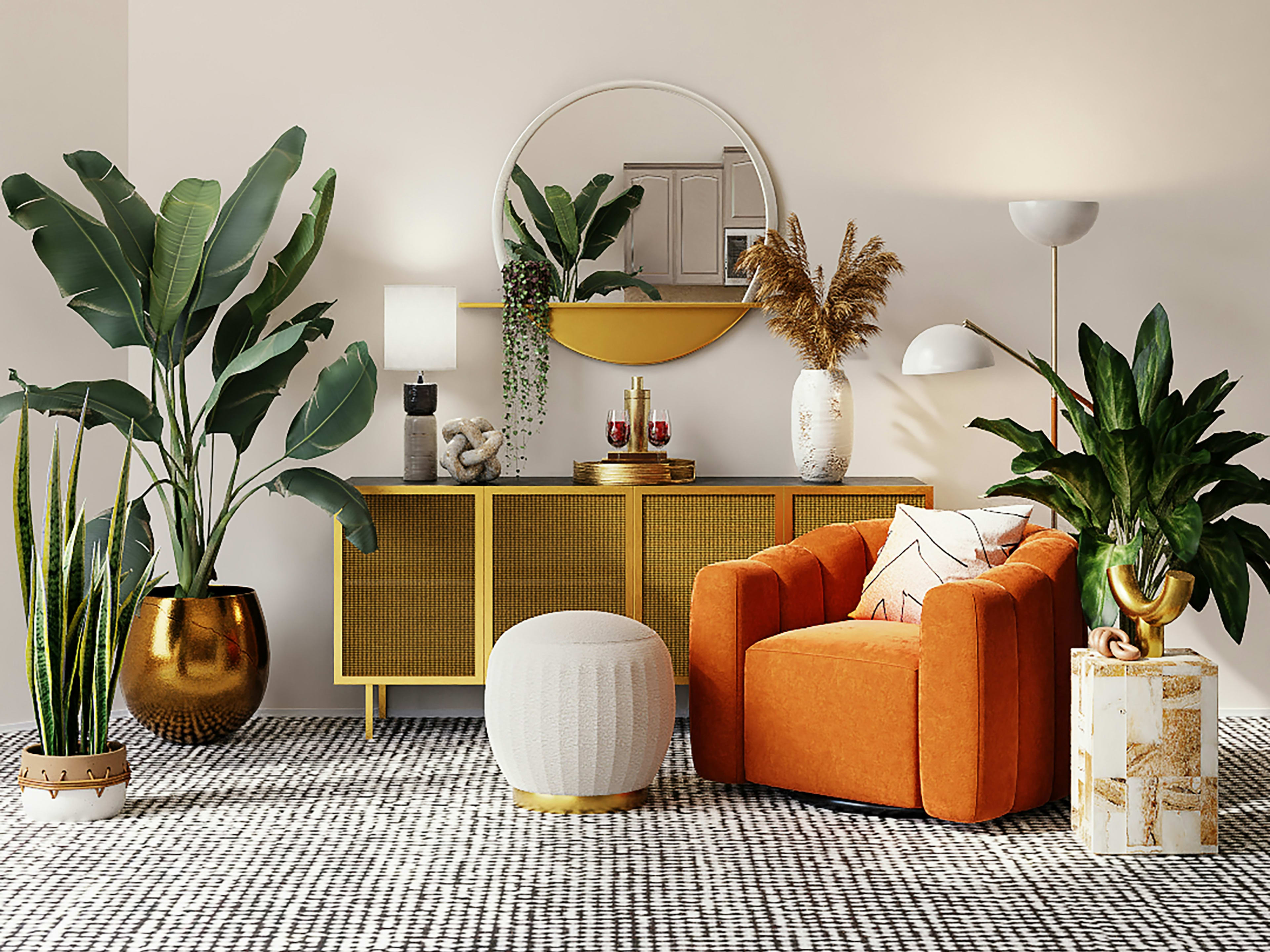Transform Your Living Space with the Best Low-Light Indoor Plants
Transform Your Living Space with the Best Low-Light Indoor Plants
Blog Article
Discover the very best Low-Light Indoor Plants for Enhancing Your Home Design
Including low-light interior plants right into your home design can considerably enhance both aesthetics and ambience, especially in areas that do not have bountiful all-natural light. Varieties such as the Snake Plant and ZZ Plant not only bring life to dim corners but additionally add to boosted air high quality and total health.

Why Select Low-Light Plants
Why choose low-light plants in your indoor spaces? The modern-day living environment commonly presents difficulties such as minimal all-natural light, making it challenging for typical houseplants to flourish. Low-light plants are especially adapted to prosper and endure in these problems, providing a practical option for people looking for to improve their interior rooms without the added stress of keeping more light-demanding vegetation.
Along with their strength, low-light plants add dramatically to the visual appeals of a room. Their varied series of shapes, dimensions, and shades permits unique interior decoration opportunities, creating inviting and dynamic environments. Indoor plants are known for their air-purifying qualities, improving indoor air top quality by filtering toxins and releasing oxygen, which can enhance total well-being.
Low-light plants likewise need very little upkeep, making them particularly interesting hectic people or those brand-new to gardening. Their adaptability enables positioning in various atmospheres, from office to poorly lit edges of the home. By choosing low-light plants, you can delight in the benefits of greenery without the restrictions that often accompany traditional horticulture, inevitably cultivating a healthier and more visually attractive indoor atmosphere.
Leading Low-Light Indoor Plants
For those looking for to boost their indoor spaces with plant that grows in low-light problems, numerous plant options attract attention for their strength and visual appeal. The Snake Plant (Sansevieria trifasciata) is a prominent selection, understood for its upright, sword-like leaves and capacity to tolerate neglect. This hardy plant can make it through in dimly lit locations while boosting indoor air high quality.
One more outstanding choice is the Pothos (Epipremnum aureum), characterized by its heart-shaped leaves and trailing creeping plants. When positioned on shelves or hanging baskets., Pothos is not just versatile to low light but likewise uses a striking visual contrast.
The ZZ Plant (Zamioculcas zamiifolia) is similarly impressive, boasting glossy, dark eco-friendly fallen leaves that can cheer up any corner. Its dry spell resistance makes it ideal for active house owners.
Care Tips for Low-Light Plants
How can you make certain that your low-light interior plants grow in spite of limited sunshine? First, pick the suitable potting mix that provides good water drainage while retaining moisture. A well-aerated dirt, such as a blend of potting dirt and perlite, can aid protect against origin rot.
Watering is vital; low-light plants typically call for much less regular watering compared to their sun-loving counterparts. Constantly inspect the top inch of the soil-- if it really feels dry, it's time to water. Be cautious of overwatering, as this can lead to fungal concerns and origin degeneration.
Fertilizing low-light plants ought to be done moderately - Best low-light indoor plants. Make use of a well balanced, water-soluble fertilizer throughout the growing season, yet get rid of or lower fertilizing in the inactive months
In addition, dirt can collect on fallen leaves, hindering photosynthesis. Delicately clean the fallen leaves with a wet cloth to maintain them tidy.
Finally, observe your plants carefully. Indications of distress, such as yellowing leaves or leggy development, can suggest that your plant needs changes in treatment (Best low-light indoor plants). By complying with these care pointers, your low-light indoor plants can flourish, including appeal and vigor to your home
Innovative Ways to Show Plants
Boosting the visual allure of your interior room can be achieved by thoughtfully displaying your low-light plants in imaginative ways. Think about making use of vertical room to your advantage; wall-mounted racks can showcase trailing plants like pothos or philodendron, adding lushness while saving floor room. Conversely, utilize plant stands of differing elevations to produce visual passion and depth, attracting the eye upwards.
Hanging planters are another excellent alternative, offering a dramatic result when suspended from the ceiling or hooks. Macramé hangers can introduce texture and bohemian panache, while contemporary ceramic hangers can fit a minimal aesthetic. For a much more ingenious approach, repurpose one-of-a-kind containers such as classic teacups or glass containers, which can add individuality to your display.
Grouping plants in clusters is likewise reliable; use varying pot dimensions and colors to produce a natural look. This technique not just boosts aesthetic influence but also offers an all-natural habitat feeling go to this web-site - Best low-light indoor plants. Consider placing plants near light resources like lamps or home windows to optimize their growth and display their vibrant vegetation, hence improving the general setting of your interior environment.
Benefits of Indoor Plant
Many studies have demonstrated that including indoor greenery right into your home uses a multitude of benefits, enhancing both physical and psychological wellness. One of one of the most substantial benefits of indoor plants is their capacity to improve air top quality. Plants soak up co2 and launch oxygen, producing a much healthier atmosphere while also filtering system out hazardous contaminants, thus advertising respiratory wellness.
Furthermore, the existence of plant has actually been connected to lowered anxiety levels. Study suggests that connecting with plants can decrease cortisol levels, which are connected with tension. This calming effect can bring about enhanced state of mind and boosted productivity, making interior plants an ideal addition to offices.
Additionally, interior plant can improve cognitive function. Studies suggest that atmospheres improved with plants can bring about enhanced emphasis, creativity, and overall mental clearness. The aesthetic appeal of interior plants also contributes to a more welcoming and pleasant setting, favorably affecting social interactions and total fulfillment within a space.
Verdict

Including low-light indoor plants right into your home decoration can considerably boost both looks and ambience, specifically in rooms that lack abundant natural light. Ranges such as the Snake Plant and ZZ Plant not just bring life to lower corners yet additionally add to enhanced air top quality and overall well-being. Indoor plants are understood for their air-purifying high qualities, boosting interior air quality by filtering toxic substances and releasing oxygen, which can boost overall wellness.
For those seeking to boost their interior areas with greenery that grows in low-light blog here conditions, a number of plant alternatives stand out for their durability and aesthetic appeal. These resistant plants, such as the Serpent Plant and more helpful hints ZZ Plant, flourish in dark conditions and call for very little maintenance, making them suitable for different way of livings.
Report this page